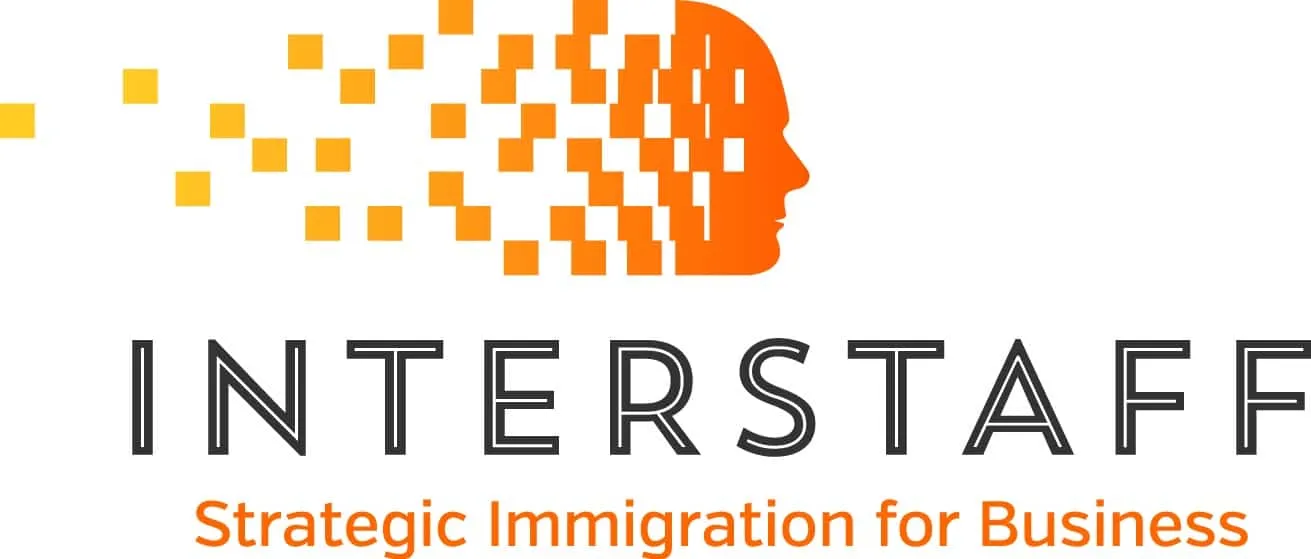2025 Federal Budget And Australian Immigration

While the Australian Federal Budget usually provides insights on the size and composition of the permanent migration program for the coming financial year, these planning levels were not released in this week’s Budget announcements. In response to the Federal Budget’s lack of permanent migration figures, the professional body for Migration Agents in Australia known as the Migration Institute of Australia (MIA), has commented that ‘it appears the program will remain at 185,000 places in FY 2025-26.’
Written by Sheila Woods (MARN: 0533879) of Interstaff 28 March 2025
However, this may indeed depend on the election outcome. The Coalition has proposed to cut the permanent migration program by around 25% from 185,000 to 140,000 places, should they win the federal election.
Notable immigration commentators, such as Abul Rizvi, are skeptical of the Coalition’s claim that a reduction of 45,000 permanent places and 6,250 places in the humanitarian program would free up 100,000 houses, arguing that many of these people are already living in Australia.
Immigration is a contestable topic for the upcoming election, including debate on how Net Overseas Migration (NOM) should be managed.
The Federal Budget revealed that NOM Forecasts (the expected net gain or loss of population due to people arriving or departing Australia) are predicted to decrease in the next two years.
Both sides of Government are adopting a more planned approach towards immigration that considers impacts on infrastructure and housing, but how this will be achieved by both parties remains to be seen. For example, the Coalition have proposed caps, as well as a significant reduction to the permanent migration program.
The Federal Budget and Home Affairs portfolio papers also provide limited details on migration policy shifts and funding for reforms such as industry sponsorship / Labour Agreements.
It’s likely that further Government announcements will be made before the election, which is now set for 3rd May 2025.
In the meantime, we hope our insights provide some clarity for businesses on the status of immigration for 2025-26.
Net Overseas Migration (NOM)
The Federal Budget trends and predictions indicate that the NOM will reduce significantly in the next two years following a historical peak in the number of people returning to Australia after the pandemic.
Departures are projected to rise in the coming years as these post-pandemic arrivals approach their visa expiration dates.
However, Mr Rizvi expressed skepticism, suggesting that a reduction in the NOM would “only be possible through a big surge in departures and a weak labour market.”
The Government appears to be managing the NOM by ensuring skilled migration programs are highly targeted to Australia’s specific labour demands, and other initiatives such as curbing ‘visa hopping’ – for example, from some temporary visas to Student Visas.
What Visa / Migration Budget Allocations Were Provided?
Immigration Portfolio funding allocations were provided across 5 broad themes:
- Migration: $315.2 million
- Visas: $534.5 million
- Refugee, Humanitarian Settlement and Migrant Services: $862.1 million
- Unauthorised Maritime Arrivals (UMA) Offshore Management: $580.7 million
- Multicultural Affairs and Citizenship: $222.7 million
As part of the Women’s Budget Statement, $925.2 million was committed to establishing the Leaving Violence Program, commencing on 1 July 2025. This aims to provide financial support to migrant victims of partner violence, regardless of their visa status.

Other Insights for Employers and Skilled Visa Holders / Applicants
While the size and composition of the permanent migration program are yet to be provided, it appears employer-sponsored migration pathways will remain a focus for the Government in 2025-26 after recent major changes to the employer-sponsored program.
The Strategic Direction statement in the Home Affairs’ portfolio papers indicates that a priority area will be to ‘safeguard immigration integrity and compliance, [and] spanning a range of risk, regulatory, programmatic and operational activities.’ Visa compliance will continue to be a focus in 2025-26, emphasising the importance of understanding employer obligations and any regulatory changes.
The Government is also investing in a digital transformation of its visa processing systems, such as multi-factor authentication set to commence mid-year for Immiaccount users. We may possibly see other enhancements come into effect next financial year to make visa processing more efficient.
Established in 1988, Interstaff has over 35 years of Australian visa and migration experience and provides strategic immigration advice to businesses and individuals Australia-wide and internationally. MARN: 0533879.

2025 Federal Budget and Australian Immigration | Disclaimer | This content is not advice. It serves as a general overview of topics of interest. It is not exhaustive, and its accuracy is subject to change. Interstaff is not responsible for the accuracy or timeliness of the information or any actions taken based on it. We recommend that you seek professional advice before making decisions or relying on the information provided – please enquire with our team of Registered Migration Agents for specialist advice so that your specific circumstances can be considered.